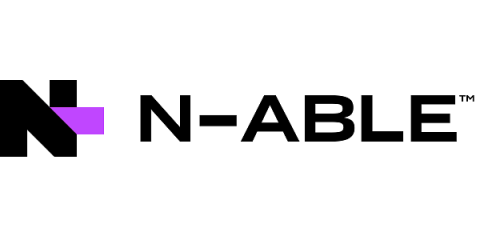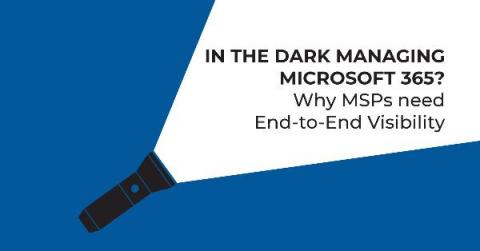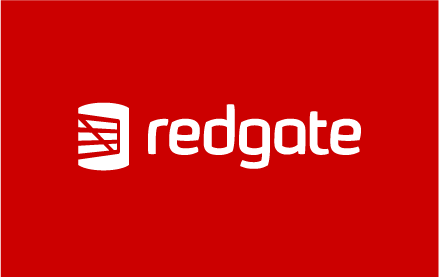Operations | Monitoring | ITSM | DevOps | Cloud
MSP
The latest News and Information on Managed Service Providers and related technologies.
How Should an MSP Evaluate a PSA Solution?
Managed services providers (MSPs) juggle a lot of responsibilities. They have to address rapidly changing customer demands while still providing high-quality service, managing increasingly complex environments, evolving their service offerings, and much moreyou’re your business scales, it’s hard to accomplish these goals without the help of professional services automation (PSA) software.
3 tips to enhance remote access security
As managed services provider (MSP) technicians know, remote access gives an authorized user the ability to enter another user’s computer or network through a network connection. This access is often established via a remote desktop protocol (RDP), which is a network communications protocol from Microsoft® that is specifically designed for remote management.
Why MSPs Need End-to-End Visibility
The “shared responsibility” model of the cloud puts most of the control with Microsoft, despite the MSP being responsible. As shown below, Microsoft puts very little responsibility into the hands of the customer (or, in your case, the MSP), which is why most MSPs stick to the basic onboarding-related tasks as their Microsoft 365 offering. But the customer’s reliance on Microsoft 365 has changed in the last 14 months… and so have their expectations.
3 steps to find new revenue opportunities from your customers' digital evolutions
John Pagliuca, CEO of N-able, has taken issue in the press multiple times with the term digital transformation, preferring the term digital evolution. I agree that evolution is a better term. Digital transformation implies a one-time event; digital evolution acknowledges the ongoing nature of these changes. In short, the market will continue to change. How you adapt dictates whether you come out far ahead or remain with the status quo.
Why automation is key if you're looking to scale your business
IT is not a technology cost, it’s a human resource cost! This is a fundamental concept MSPs need to keep in mind when they are looking at their businesses, but one many smaller MSPs tend to overlook. Think about it; for every business you’re supporting as an MSP, you’re doing so to ensure their IT infrastructure has stability of operation and is optimized to maximize staff productivity.











